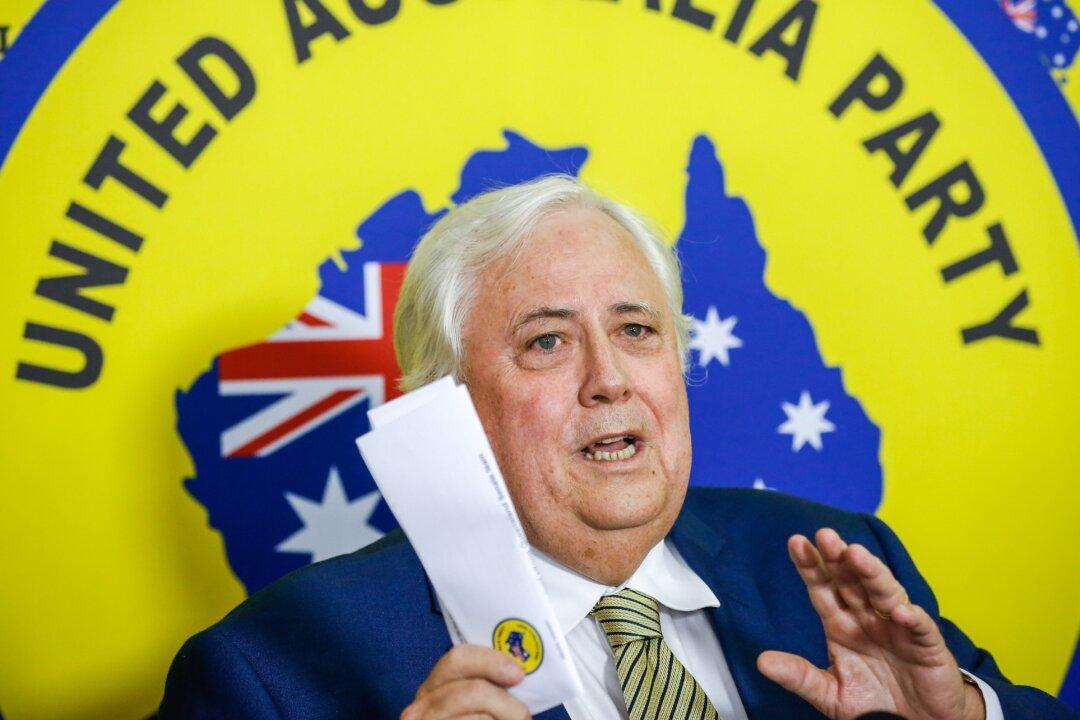News Analysis
Love it or hate it, the recent polls have been conclusive—the advertising campaign for Clive Palmer’s United Australia Party (UAP) has had success among the voting Australian public over the last few months.


Love it or hate it, the recent polls have been conclusive—the advertising campaign for Clive Palmer’s United Australia Party (UAP) has had success among the voting Australian public over the last few months.